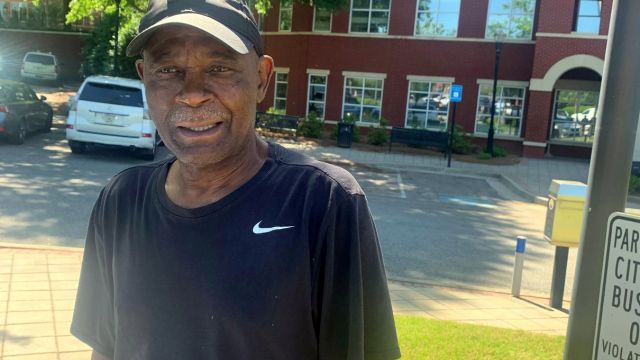Drug usage and trafficking are serious issues in Virginia, a state known for its rich history and culture.
According to the U.S. Drug Enforcement Administration (DEA), synthetic opioids like fentanyl and carfentanil are mostly to blame for the 41.2 percent increase in drug overdose deaths in 2020. Amid worries throughout the state, Norfolk becomes a hub for this illegal commerce.
The Growth of Norfolk as the State’s Drug Trafficking Hub
Drug traffickers are drawn to Norfolk, the second-largest city in Virginia with a population of about 245,000, for a number of reasons:
- Strategic Location: Norfolk’s location in the southeast of the state makes it advantageous to be close to the Atlantic Ocean, Chesapeake Bay, and important thoroughfares. Drugs are moved both inside and outside of states with the help of highways, railroads, airports, and ports. The proximity to the border with North Carolina increases its allure for drug dealers.
- Population Diversity: Some people involved in drug-related activities find shelter in Norfolk’s 47.1 percent white, 42.6 percent black, 7.5 percent Hispanic, and 3.9 percent Asian population. Connections to international criminal groups are part of this intricacy.
Norfolk holds significant military and economic importance as it is home to important installations such as the largest naval base in the world, Norfolk Naval Station. Drug traffickers target the city in an effort to take advantage of the dynamics of supply and demand among tourists, citizens, and service personnel. - Law enforcement Challenges: Tight community connections, a lack of resources, and complicated jurisdictional issues are some of the challenges Norfolk has in the fight against drug trafficking. It is imperative to work in conjunction with multiple agencies, including the U.S. Coast Guard, U.S. Navy, FBI, and DEA. Another problem is developing trust with underprivileged communities.
Consequences for the State and City
Beyond the immediate concerns for public safety, drug trafficking has an impact on public health, social welfare, and economic development in Norfolk.
- Drug Overdoses: With 67 deaths per 100,000 residents, Norfolk recorded the highest rate of fatal drug overdoses in Virginia in 2020. One major factor is fentanyl, a synthetic opioid that is 50–100 times more powerful than morphine. Since fentanyl is frequently combined with other medicines, the risk of an overdose rises.
- Crime and Violence: A higher rate of crime and violence is associated with drug trafficking. In 2020, Norfolk had the highest violent crime rate in Virginia—1,026 incidents per 100,000 residents. Homicide, rape, robbery, and violent violence are among the incidents.
- Quality of Life and Social Cohesion: Drug misuse and trafficking have a detrimental effect on social cohesion and quality of life in the state and city. Drug addiction has an adverse effect on families, relationships, education, mental health, and homelessness as well as poverty and societal stigma. Community ties are undermined by a decline in trust in authorities and organizations.
Taking Up the Problem
In order to effectively combat drug trafficking in Norfolk, a variety of stakeholders and tactics must be included in a thorough and coordinated effort.
- Law enforcement Efforts: To improve intelligence, surveillance, and covert operations, local, state, and federal authorities should work together more closely. Increase funding for police enforcement staff by providing incentives, gear, and training. Increase the severity of high-level drug traffickers’ prosecutions and sentences.
- Treatment and Recovery Services: Increase the number of drug treatment programs that are accessible and available, especially those that use medication-assisted therapy (MAT). Provide services that are specifically tailored to the needs of various user groups, promoting healing and reintegration into society through housing, work, and educational possibilities.
- Education and Awareness: Educate the public, with a focus on youth, parents, and educators, about the risks associated with drugs. Adopt preventative initiatives like LifeSkills Training and encourage drug-free activities that are good for you, like sports, the arts, and volunteer work.
In Summary
With its rich cultural heritage, Norfolk faces a serious problem with drug trafficking, which has an effect on welfare, public health, and safety. The city serves as a hub for this illegal commerce due to its advantageous location, diversified population, significance to the economy and military, and difficulties with government enforcement. Drug trafficking in Norfolk has an impact on social and economic growth throughout the state.




